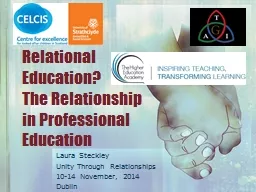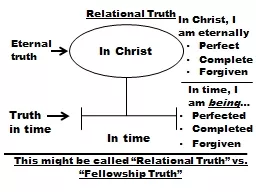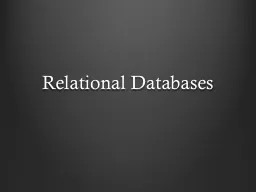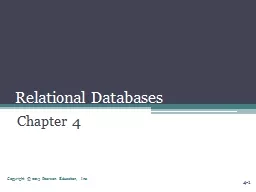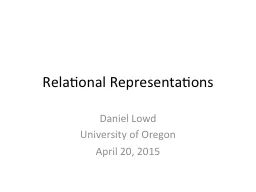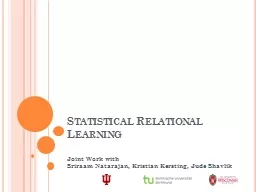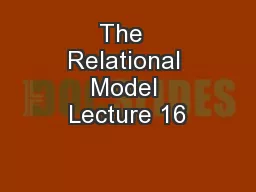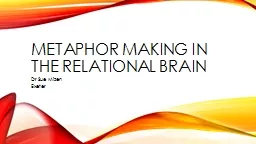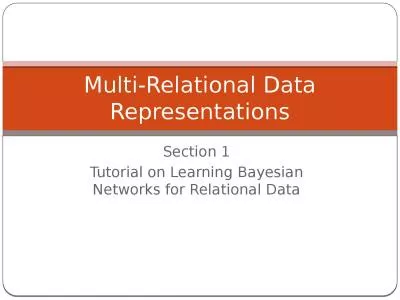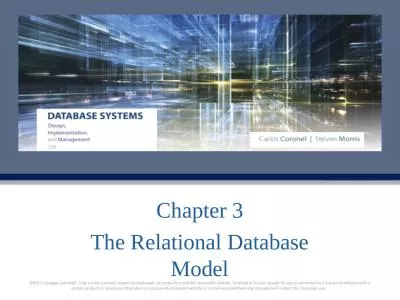PPT-Relational Education?
Author : alida-meadow | Published Date : 2016-03-05
The Relationship in Professional Education Laura Steckley Unity Through Relationships 1014 November 2014 Dublin YOUR TOPIC GOES HERE Conference Aim t o commence
Presentation Embed Code
Download Presentation
Download Presentation The PPT/PDF document "Relational Education?" is the property of its rightful owner. Permission is granted to download and print the materials on this website for personal, non-commercial use only, and to display it on your personal computer provided you do not modify the materials and that you retain all copyright notices contained in the materials. By downloading content from our website, you accept the terms of this agreement.
Relational Education?: Transcript
Download Rules Of Document
"Relational Education?"The content belongs to its owner. You may download and print it for personal use, without modification, and keep all copyright notices. By downloading, you agree to these terms.
Related Documents

